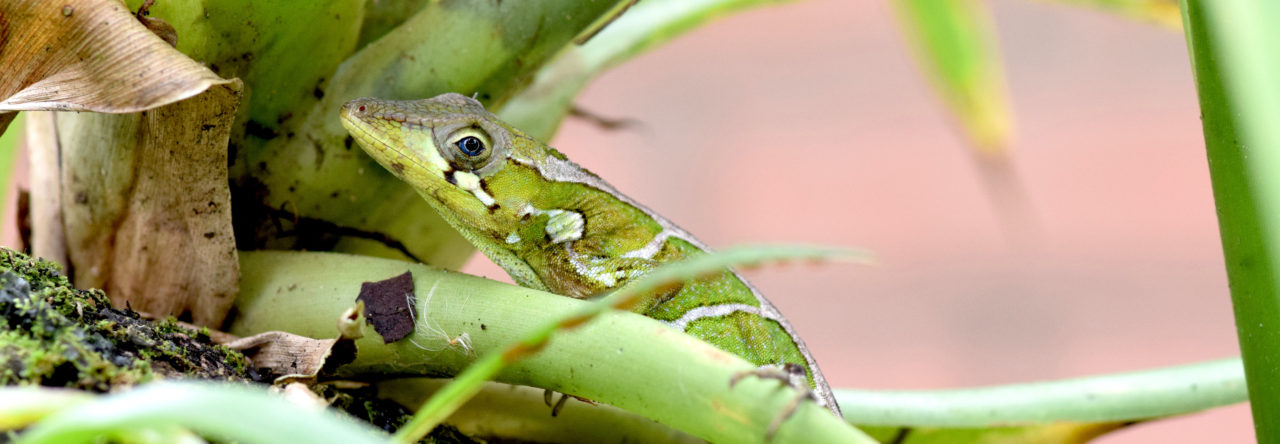The meetings kick off tonight in stinkin’ hot Norman, Ok. From the program guide, here are the anole-themed talks. Can’t attend? Fear not–AA will keep you abreast of events as they unfold.
Sunday, 2:45 P.M. University A, Cox, Robert, Urbach, Davnah, Duryea, M.C., Calsbeek, Ryan. Testing the adaptive significance of progeny sex-ratio bias in the brown anole lizard, Anolis sagrei.





